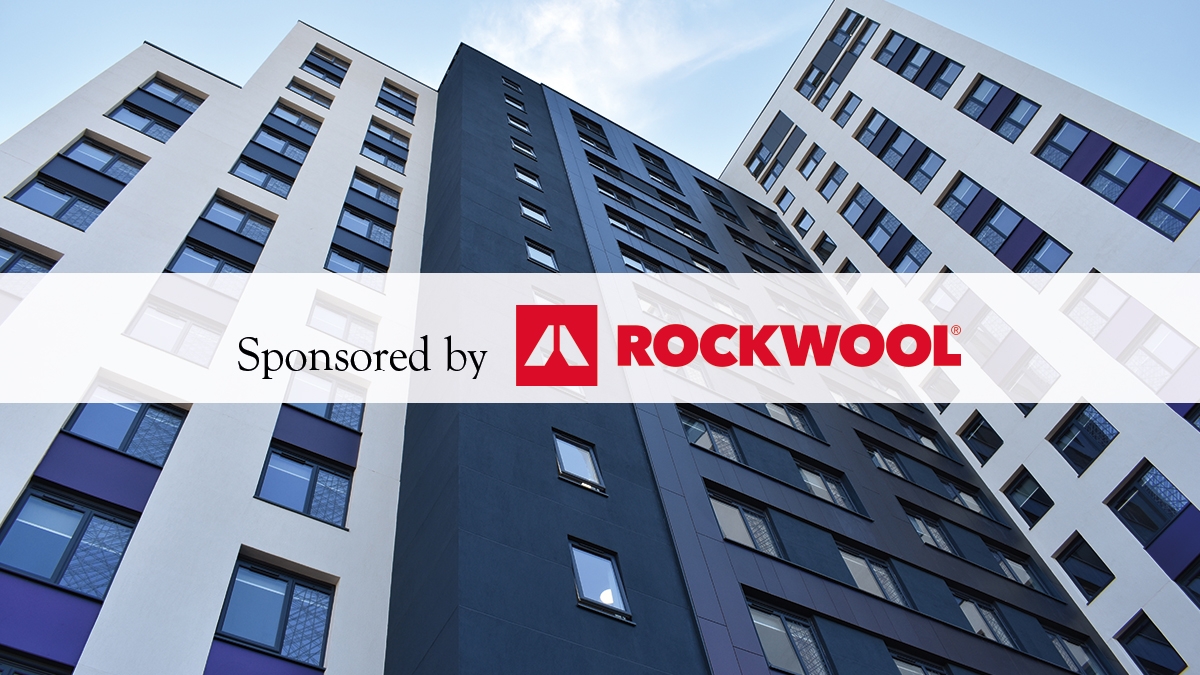In recent weeks, statements have been made by manufacturers of building materials used on the Grenfell Tower to help uncover the role that the cladding and insulation played in the tragic June 2017 fire. How materials perform in a fire is a technical area, but it is vital to shine a light on why the fire spread so quickly up and around the outside of Grenfell Tower. Lessons learned will inform how we construct and renovate buildings in future to make sure this never happens again.
One claim that has been made in connection with the inquiry is that the ‘outcome of the fire would not have been different in any material way’ if a non-combustible insulation had been used on the tower instead of a combustible insulation. This assertion ignores the facts, and masks fundamental truths of how combustible and non-combustible insulation behave.
Combustible insulation, such as that used on Grenfell Tower, can play a major role during a building fire. In the first instance, plastic foam insulation is combustible and constitutes a ‘fuel load’. A University of Milan study found that the combination of combustible plastic insulation and cladding of the types found on Grenfell, on a building with similar dimensions, would supply a fuel load equivalent to approximately 30,000 litres of petrol – with two-thirds of this fuel load coming from the insulation, one-third from the cladding.
What’s more, plastic foam insulation emits toxic gases and smoke when it burns. Professor David Purser, an expert witness to the Grenfell inquiry, described the insulation as the ‘main source of smoke particulates, carbon monoxide and hydrogen cyanide’ during the ‘early exterior fire’ on Grenfell Tower. Toxic gases and smoke are extremely dangerous, accounting for more than half of building fire casualties in the UK – and, according to Professor Purser, are ‘likely to have contributed to the incapacitation and deaths of flat occupants’.
How might the outcome have been different with non-combustible insulation? International experience shows that when fires have broken out in high-rise buildings with the combination of non-combustible insulation and combustible cladding, the outcomes are far less devastating. Fires at the Melbourne Lacrosse Tower and the Polat Tower in Istanbul show that non-combustible insulation plays a role in protecting a building during a façade fire. While these towers were damaged externally, no lives were lost, and the buildings could be restored.
Had Grenfell Tower been fitted with non-combustible insulation, the fire would have been fuelled to a far lesser extent, reducing the risk of secondary fires owing to the diminished fuel load. The fire would also have emitted much less toxic smoke. Far from making no difference, the use of non-combustible insulation could therefore reasonably be expected to have given residents a greater chance of escape.
All of this is set in the context of a broken system. The Grenfell inquiry has heard shocking evidence that manufacturers of combustible insulation falsified test samples by doctoring combustible insulation with additional fire-retardant chemicals or otherwise gaming the fire testing process. For example, the inquiry heard witness testimony that test processes were manipulated to allow combustible products to pass large-scale fire tests in order to present their products as compliant with building regulations for many years prior to Grenfell. This includes insulation products found on Grenfell, with witnesses from the companies concerned admitting that tests were deliberately engineered to gain approval to sell combustible products on high-rise buildings, despite knowing they were not considered safe for use, and that the insulation products tested were not the same as those sold to customers.
The UK government has taken bold steps to ban the use of combustible materials on residential buildings over 18 metres in height. It was right to do so, and it should protect the safety of the public by extending the ban to all high-rise and high-risk buildings. Now it is crucial that the government puts public safety first and does not bow to pressure to revert to any version of the old system that allowed combustible materials on these buildings. Why take the risk to do otherwise?






Comments